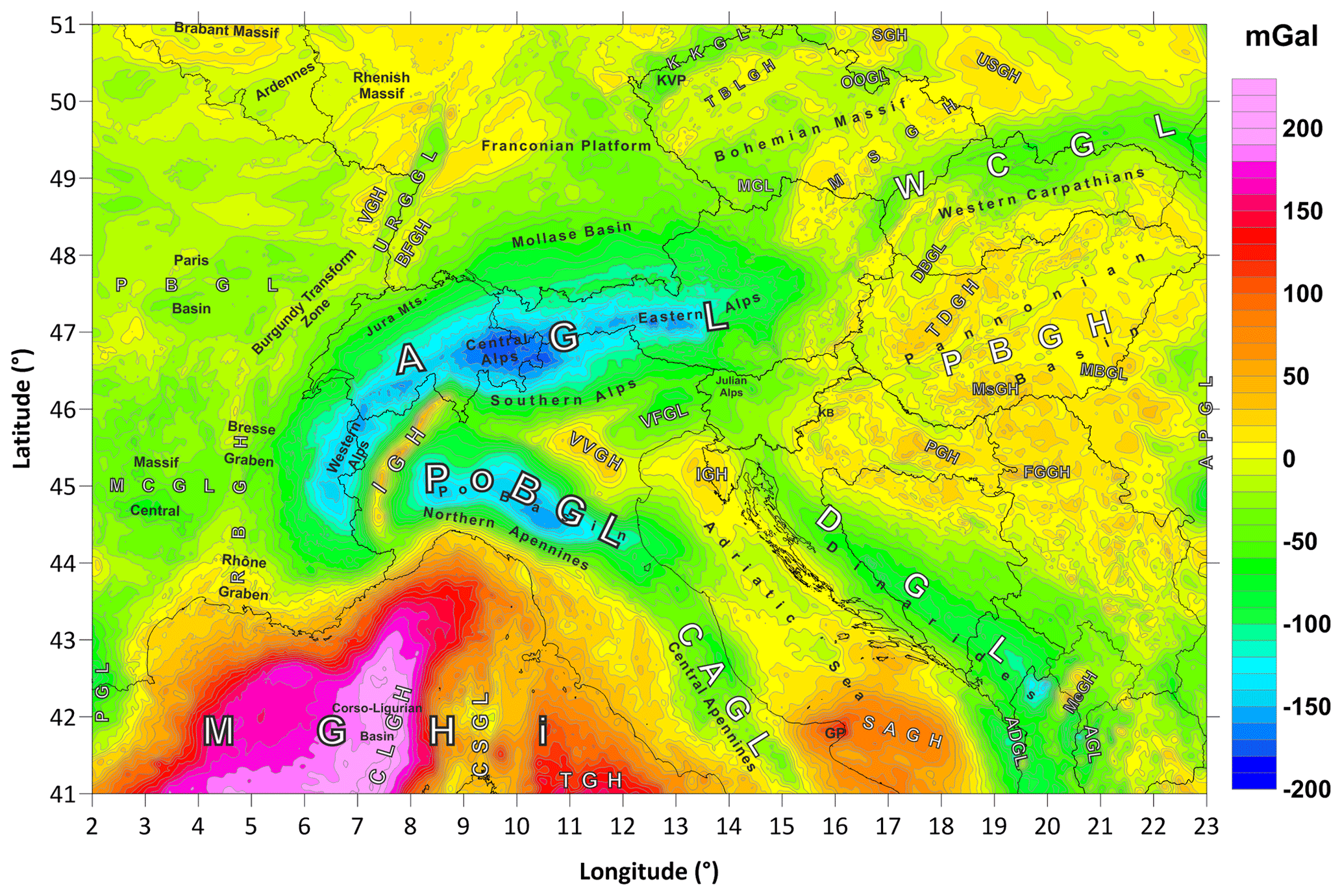

- Entering a traverse in trimble business center full#
- Entering a traverse in trimble business center pro#
- Entering a traverse in trimble business center software#
The problem is that in the office they were using these coordinates to show distances on plats.

Entering a traverse in trimble business center software#
This was not the case, they didn't realize that the software was scaling the distances received from the gun. They thought that because they were using a total station, they would have ground distances (and coordinates) in the end. What they were unaware of is that because the job was started with a state plane coordinate system, the data collector would scale the horizontal distance received from the total station to a grid distance and then provide grid coordinates. Then using the total station, they would traverse to complete their work.

Entering a traverse in trimble business center pro#
Using Survey Pro software, to do this you would start a job in the DC with the state plane coordinate system and then shoot the points with gps to get the coordinates. They had a basic procedure where when they were ready to begin traversing a boundary job, the crew would gps two points and then traverse from them with a total station. It's simple (relatively) that way and I don't have to worry about how the DC software is going to try to manipulate things.Ī side story that is related: About 10 years ago when I just started working for a different company, I discovered an procedural error that they were unaware of. Anything I export out of the drawings is exported out as grid coordinates to go in the LS or total station for staking. When in the office, for my survey plats I scale the points up to ground IN the drawing settings and also have a text block in the drawing of how I did that. With the JField cogo functions, it is very easy to compute points with ground distances when we need to calc and set stuff in the field. Also easier bringing in points from another job when I am working down the road, etc. Now if you are working in UTM, that is a different story, with the grid to ground difference being roughly 1' every half mile!!Īs Adam said, it's easier to keep track of things. In my area, the grid to ground difference is small like Matthew, about 0.01 per every 100', but it does add up. For me, I keep everything on state plane grid out in the field, whether using GPS or total station. I have not used a total station on a boundary survey in 2.5 years.Īs said, everyone has slightly different methods. Shawn really likes LDP's, which add another layer to the it depends answer. He could go to work robotically and not have to think much.
Entering a traverse in trimble business center full#
I had a full time employee for a while and during this time I scaled everything to ground so I didn't have to worry with him making any changes to the software we were using. But, I usually scale the deed down to State Plane in cad and import that into jfield. If I need to set a corner it's easy enough to take the ground distance from the deed and enter that into the cogo functions in j field. I don't have to remember where I scaled it from when I survey next to something I have already surveyed. If it's a new project its state plane and it never changes. I will do the occasional localization and use those coordinates sometimes too. A year or or so ago I decided to keep all of my coordinates on state plane and never convert to ground based coordinates. It's a question every surveyor has asked himself. When I am back at the office I decide whether I want to adjust the conventional data to grid or if I want to adjust the gps to ground (this is only used as a check on our work). I then proceed to setup on my control points and continue through the job with conventional (total station equipment) and closing out my traverse with GPS if it is open ended. I usually set up a GPS base and set control/locate street monuments using rapid static with the Triumph LS and Triumph-1 Base.

I have taken GPS courses in school but they mainly focus on large GPS static projects which does not apply to me directly. I'm curious about the typical workflow that you would use for starting a new job from scratch, using both gps and conventional equipment for a boundary survey.ĭo you typically keep jobs on a grid or do you typically convert them to ground? I find myself going back and forth for different jobs but I think it would be better to have a consistent workflow so that I can become more efficient.Īs a new surveyor, I have not been able to find articles or books describing proper field methods for smaller boundary jobs.


 0 kommentar(er)
0 kommentar(er)
